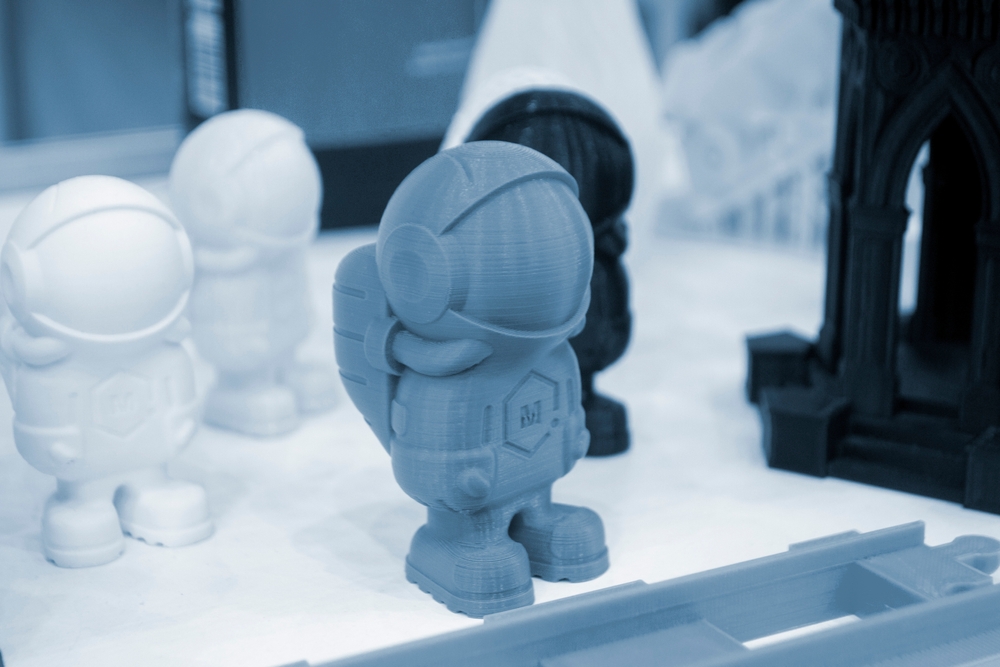3D Printing in Space Could Lead to Safer Space Missions
Researchers from the University of Glasgow unveiled a 3D printer that can create material in microgravity, which could improve space flight and may also help create better resources to use back on Earth.The patent for this new technology has been awarded to Gilles Bailet from the University of Glasgows James Watt School of Engineering. This printer could help improve communication transmissions back to Earth and eventually help create purer forms of essential pharmaceuticals.Weve tested the technology extensively in the lab and now in microgravity, and were confident that its ready to perform as expected, opening up the possibility of 3D printing antenna and other spacecraft parts in space, said Baliet in a press release.Printing and Defying GravityBailet and his team spent several years perfecting a prototype for this new kind of 3D printer. One of the biggest challenges was preventing the materials from jamming in the printer while in microgravity or the vacuum of space.However, what works well here on Earth is often less robust in the vacuum of space, and 3D printing has never been done outside of the pressurized modules of the International Space Station," said Bailet in a press release.The filaments in conventional 3D printers often break or jam in microgravity and in vacuum, which is a problem that needs to be solved before they can be reliably used in space. Through this research, we now have technology that brings us much closer to being able to do that, providing positive impacts for the whole world in the years to come.To solve the jamming problem, Bailet and the research team switched out the traditional filaments used in 3D printers for granular material designed by the team. These granules are quickly and reliably drawn to the printers feedstock tank and then to the nozzle.Baliets 3D printer underwent rigorous testing on an aircraft during the European Space Agency parabolic flight campaign. The craft has been dubbed the vomit comet as it creates a 22-second span of near-zero gravity by making quick accents and then sharp descents.Benefits of 3D Printing in SpaceWith a working microgravity 3D printer, the research team hopes that it can be used on space missions to create equipment that would otherwise have had to be loaded onto the spacecraft, taking up valuable room and adding extra weight. The added equipment may lead to an unsafe flight or become damaged during takeoff.Currently, everything that goes into Earths orbit is built on the surface and sent into space on rockets," said Baliet in a press release. They have tightly limited mass and volumes and can shake themselves to pieces during launch when mechanical constraints are breached, destroying expensive cargo in the process.If, instead, we could place fabricators in space to build structures on demand, we would be freed from those payload restrictions. In turn, that could pave the way to creating much more ambitious, less resource-intensive projects, with systems actually optimized for their mission and not for the constraints of rocket launches, said Baliet.Another benefit of 3D printing in space is that its relatively cost-effective compared to manufacturing the materials on Earth and then sending them to space.Additive manufacturing, or 3D printing, is capable of producing remarkably complex materials quickly and at low cost. Putting that technology in space and printing what we need for assembly in orbit would be fantastically useful, Baliet said in a press release.3D printers could create communications antennae and solar reflectors to assist in zero-emission communication back on Earth.The Future of Space PrintingBesides printing materials to assist in space missions, Baliet hopes that these printers can be used to create materials and substances for people on Earth.According to NASA, things like crystals grow better in microgravity because there is less convection or heat transfer during the growing process. The results are usually larger and purer crystals. Similarly, microgravity makes it easier to manufacture certain pharmaceutics in space, as they are a more potent and pure form.Crystals grown in space are often larger and more well-ordered than those made on Earth, so orbital chemical factories could produce new or improved drugs for delivery back to the surface, said Baliet in a press release.Article SourcesOur writers at Discovermagazine.com use peer-reviewed studies and high-quality sources for our articles, and our editors review for scientific accuracy and editorial standards. Review the sources used below for this article:University of Glasgow. Research blasts off towards future space factory developmentA graduate of UW-Whitewater, Monica Cull wrote for several organizations, including one that focused on bees and the natural world, before coming to Discover Magazine. Her current work also appears on her travel blog and Common State Magazine. Her love of science came from watching PBS shows as a kid with her mom and spending too much time binging Doctor Who.


